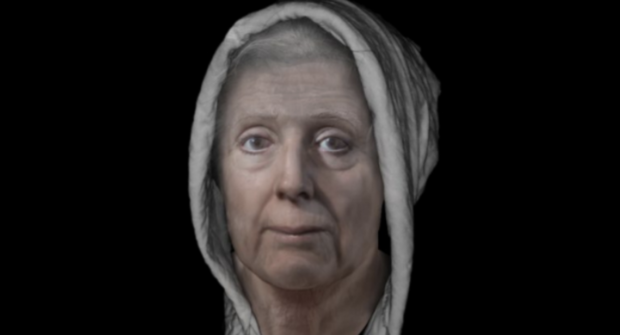“Fearing the potential of revenant, they buried her hastily and unceremoniously out on the foreshore, which was traditionally reserved for those who died out of God’s grace,” explained Douglas Speirs, a Fife Council archaeologist.
“They locked her in a wooden box rather than a coffin and, for good measure, put a half-ton slab on top of her to stop her from rising out. It’s a gut churningly, sickening story– you can’t help being moved by it.”
Clever hunters were eventually able to rob the remains in 1852, but Lilias’ skull still somehow ended up making its way to St. Andrew’s University Museum in 1904.
And at that time, researchers photographed her skull before beginning to unpack her tormented history.
Strangely, though, all of Lilias’ known remains vanished that same year. And now, scientists are hoping to locate them and give Lilias a proper burial.
“It is important to recognize that Lilias Adie and the thousands of other men and women accused of witchcraft in early modern Scotland were not the evil people history has portrayed them to be. They were the innocent victims of unenlightened times,” said Julie Ford, the Fife Council councilor.
Moreover, Ford believes that awareness of Lilia’s story needs to be raised, and her remains need to be found in order to “give them the dignified rest they deserve.”
And amazingly, using the only image of Lilia’s skull taken all the way back in 1904, Lilia’s face was able to be reconstructed via modern technology.
BBC Radio Scotland’s Time Travels program collaborated with a forensic artist from the University of Dundee, Dr. Christopher Rynn, to use state-of-the-art 3D virtual sculpture programs to reveal Lilias’ face.

University of Dundee; pictured above is the reconstruction of what Lilia looked like

